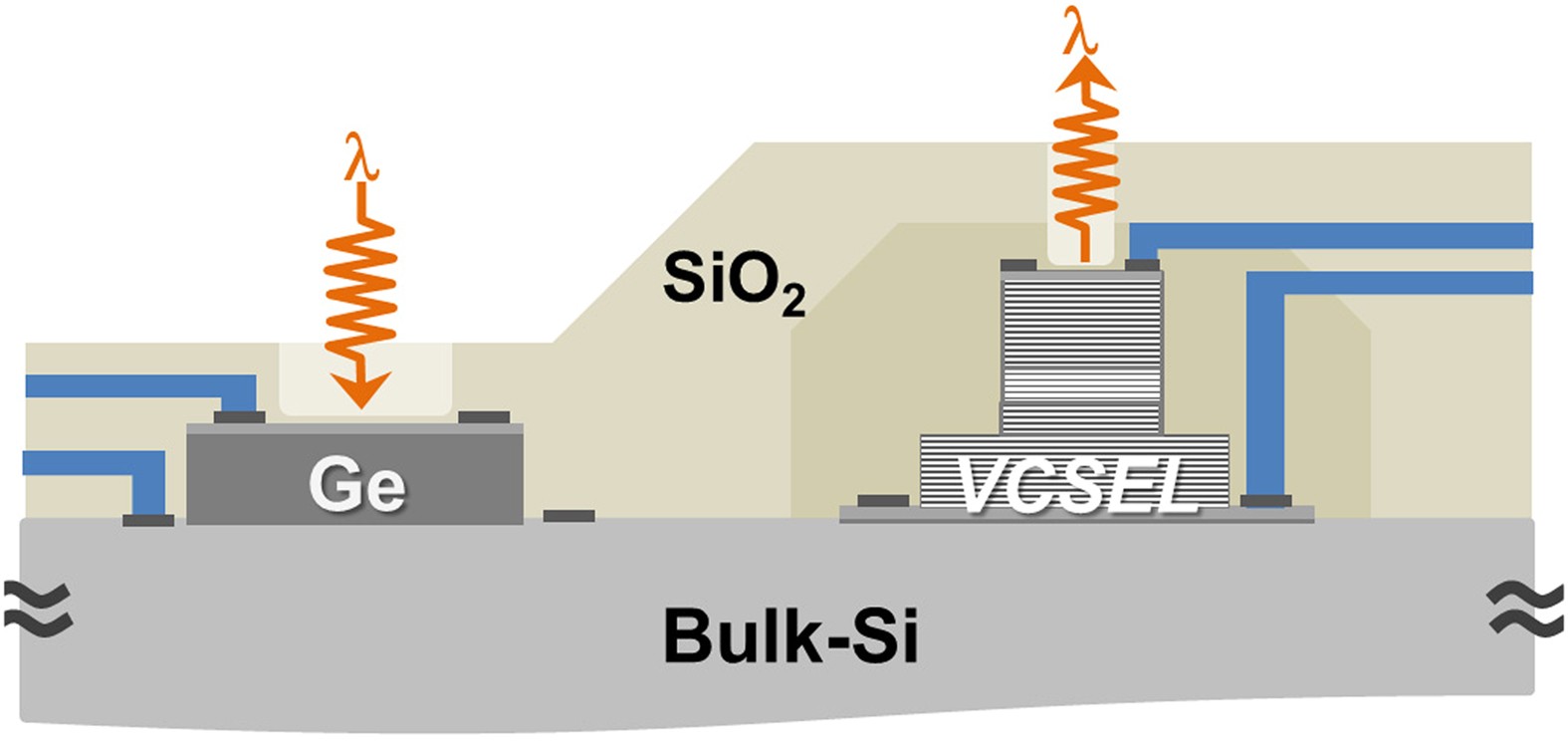

NASA is gearing up for an innovative mission, known as the Landolt Space Mission, set to launch by the end of the decade. This mission involves deploying a satellite that will function like an artificial star, significantly enhancing the precision of ground-based telescopes and deepening our understanding of the Universe. Scheduled for an early 2029 launch, the satellite will be compact, approximately the size of a loaf of bread.
About the “mission”
The primary goal of this mission is to refine calibration techniques for astronomers. The satellite will house eight lasers that simulate various celestial light sources, from stars to supernovae. This artificial star will serve as a new calibration tool, enabling astronomers to fine-tune their telescopes and instruments, leading to more accurate measurements of actual celestial objects.
Positioned 35,785 kilometers above Earth, the satellite will reside in a geosynchronous orbit, remaining stationary relative to the Earth. According to George Mason University’s newsroom, Peter Plavchan, the principal investigator for the mission, stated that this distance makes the satellite appear like a real star. During its first year, it will be stationed over the US, facilitating improved observations by NASA and other independent observatories.
Although invisible to the naked eye, the artificial star will be easily detectable by telescopes equipped with digital cameras. This setup will allow astronomers to track changes in stellar luminosity and other attributes with greater precision. Named after Arlo Landolt, a pioneer in stellar brightness catalog creation, the mission received NASA’s approval in February and was publicly announced on June 10.
Cost and impact of Landolt Space Mission
The Landolt Space Mission represents a significant advancement in space exploration. By providing a constant and well-known sky ‘landmark,’ it will help scientists achieve more precise calibration, yielding exact data from each observation and uncovering more cosmic mysteries. The mission, involving around 30 personnel, is estimated to cost approximately $19.5 million (roughly Rs. 162.8 crore).
This artificial star satellite will revolutionize how astronomers study the cosmos, offering a new tool for achieving unprecedented accuracy in celestial measurements. As NASA moves forward with this groundbreaking mission, the potential for new discoveries and insights into the Universe expands significantly.






